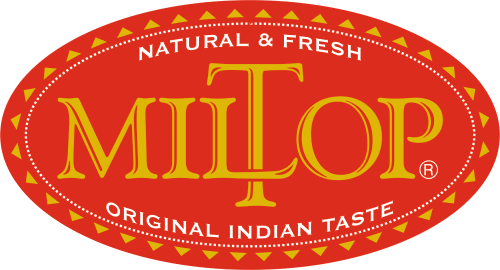Description
LOBAN as sold in the market is a resin of a tree, Styrax Benzoin. It is extracted by making an incision on the stem of the tree; the secreting liquid is collected, dried and sold for usage. Though the trees of Loban are found in India, the maximum Loban is imported from Thailand, Malaysia and the Islands of the East Indies. Chemical synthesis of Loban reveals that Loban contains benzoic acid, cinnamic acid and aniline. Besides, a volatile oil is also found. It is used throughout India as incense. It is the source of benzoic acid which is largely used in medicine as aromatic, stimulant, expectorant, antiseptic and styptic. When its vapors burned is used as deodorant and antiseptic in sick rooms and hospitals. Styrax incense is used in the Middle East and adjacent regions as an air freshener. The fumigation of Loban is a good insect repellent. It has qualities of an insecticide, is antiseptic and fights epidemics.
In modern time where the use of chemical insecticides and pesticides is causing damage to the environment and the human life, Loban, which is a good natural insecticide and insect repellent, can prove an eco-friendly substitute. Benzoin is a balsamic resin. Normally the trees do not produce it or any substance analogous to it, but the infliction of a wound sufficiently severe to injure the cambium results in the formation of numerous oleoresin ducts in which the secretion is produced; it is, therefore, a pathological product. The trunk of the tree is hacked with an axe, and after a time the liquid Benzoin either accumulates beneath the bark or exudes from the incisions. When it has sufficiently hardened it is collected and exported, either in the form of loose pieces (tears) or in masses packed in oblong boxes or in tins; several varieties are known, but Siam and Sumatra Benzoins are the most important. Siam Benzoin externally is reddish yellow, internally milky white, has an agreeable odour, recalling vanilla, and contains benzoic acid but not cinnamic acid. Sumatra Benzoin is always in blocks of a dull reddish or grayish-brown colour. Fine qualities have a strong storax-like odour, quite distinct from the vanilla odour of the Siamese variety. Sumatra Benzoin contains cinnamic acid.
As diuretic it is useful in calculous disorders from phosphatic deposit in urine. It is useful in jaundice. Modern studies reveal that it is a good haemostatic, antiseptic and a good healing agent, hence, applied on wounds and internally subsides the inflammation of UTI and respiratory tract infections. The long standing, badd and putrefied wounds are healed with Loban speedily. Tincture of benzoin is benzoin resin dissolved in alcohol. They apparently had antibacterial properties. Today tincture of benzoin is most often used in first aid for small injuries, as it acts as a disinfectant and local anesthetic and seems to promote healing. It can also be added to boiling water to produce fumes which when inhaled have a soothing effect on the lungs and bronchia, helping recovery from the common cold, bronchitis, or asthma. Benzoin resin and its derivatives are also used as an additives in cigarettes due to this soothing effect. It is used externally in the form of a tincture, diluted with water as a mild stimulant and antiseptic in irritable conditions of the skin.


